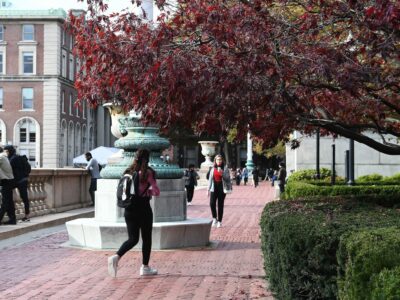
Feb. 21 is Language Day in Bangladesh. It is a holiday, now adopted by the UN as International Mother Language Day. It commemorates a day in 1952 when a crowd of Bengali students protesting Pakistan’s adoption of “Urdu and only Urdu as the official language of Pakistan” were fired upon by the police. It marks the beginning of the move towards the independence of East Pakistan, the future Bangladesh, from Pakistan. It is a time of plays, book fairs and poetry reading celebrating the Bengali/Bangla language. There are also laying of flower wreaths at the Shahid Minar, the monument where the killings occurred near Dhaka University, and many smaller copies throughout the country.
For us, it was a travel day. A long eight-hour drive from Khulna in SW Bangladesh across the Ganges River and the Jamuna River, as this section of the Brahmaputra is known, to our home for the next week. The eight of us in our

party left the Bawali in two vans, stopped to pickup equipment, and settled in for a long uneventful drive, or as uneventful as driving in Bangladesh can be.
The next day my group went to Mawlana Bhashani Science and Technology University to try to install a new GPS. After various meetings and cups of tea, we explored the rooftops looking for the perfect site for the antenna. Unfortunately, the building we were in was not quite finished. It was a good site, except the columns on the roof were still a mass of rebar and the concrete was yet to be poured. More meetings, coffee, sweet desserts, and we checked out other roofs. Many buildings at the relatively new university are unfinished. The older finished ones are lower and the clear view of the sky we need is blocked by trees. The

first roof was the best choice, but would not be ready for three months. The best we could do was to set up the GPS box and leave all the equipment there. Humayun will come and finish the job in May. Without the installation work, we continued to meet people and have tea, lunch and more tea. We finally left around 4. Time to go back to the Elenga Resort, where we were staying, and prepare for the arrival of students for the Field School.
Our NSF grant from the PIRE (Partnerships for International Research and Education) has a large emphasis on providing American students with international research experience. One of the things we proposed was a two-week Field School in Bangladesh. We have 15 U.S. students, 15

Bangladeshi, a few other invitees (France, Singapore, India) plus the scientists and students from our project and our advisory board. Most were scheduled to arrive on Sunday. During the day, I started receiving messages about delayed and cancelled flights. My nightmare scenario was arrivals scattered over several days with no way to know where or when. Most of the delays were absorbed by the long layovers at JFK and O’Hare, where experienced Bangladesh hands would lead them to the promised Field School. Our travel agent shifted one of the cancellations to another flight.Then I learned that Steve Goodbred, leader of the JFK troop, had his flight cancelled and would fly a day later. Mike Howe, a grad student with one trip to Bangladesh, was in charge. Worse, the flight was delayed and could miss its connection in

Abu Dhabi. One student was MIA. I stayed up late to follow the flight and, yes, it missed the connection. I went to bed thinking that most of the U.S. students would be a day late.
I awoke early to find that they had been rebooked through Delhi and would arrive late afternoon. Better still, I learned that the missing student had been rebooked to the Chicago route. Then Humayun called and asked if I was meeting the on-time group for breakfast. I rushed out and Babu drove Chris and myself to the Parjatan restaurant across from the Martyr’s memorial. We got there just after they did. We had breakfast and then dodged traffic to cross the street to the memorial. While there, the Dhaka University contingent arrived for breakfast and we joined them. The Field School was on. Three-quarters of the people had arrived; most of the rest would be here by dinner. Only Steve and Ryan would be a day late.



